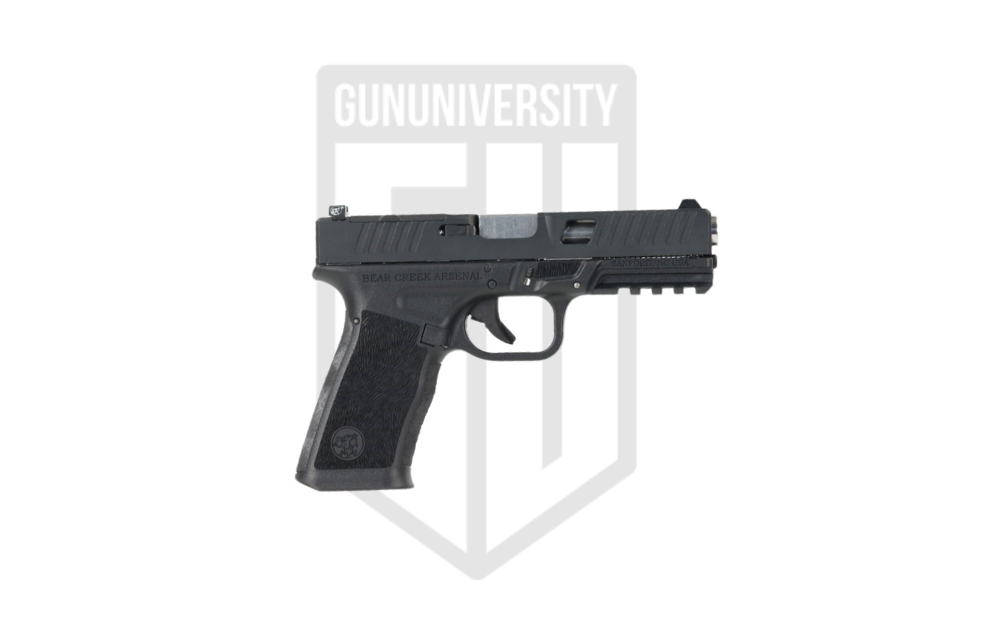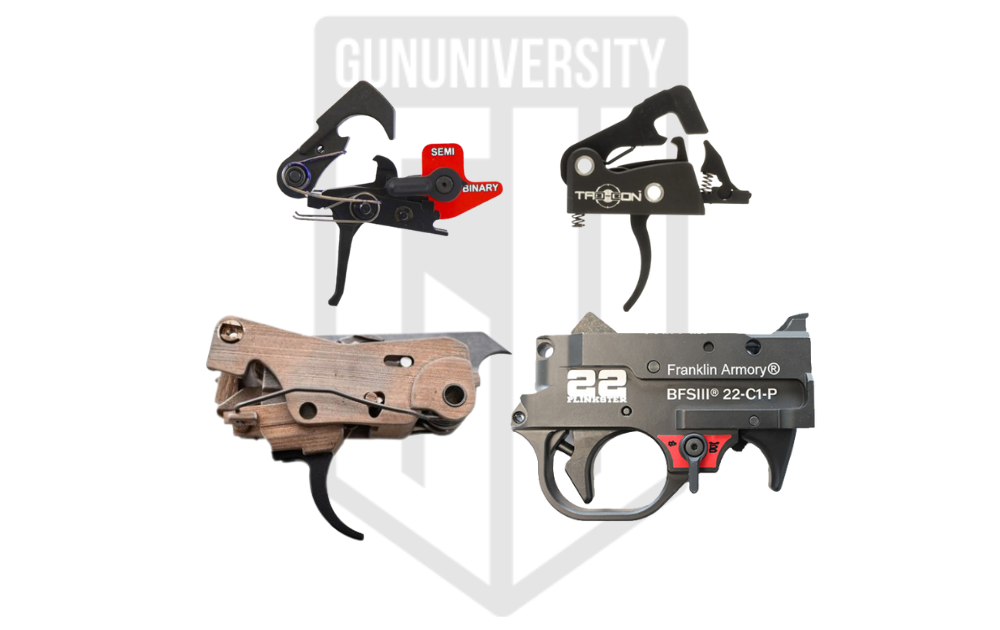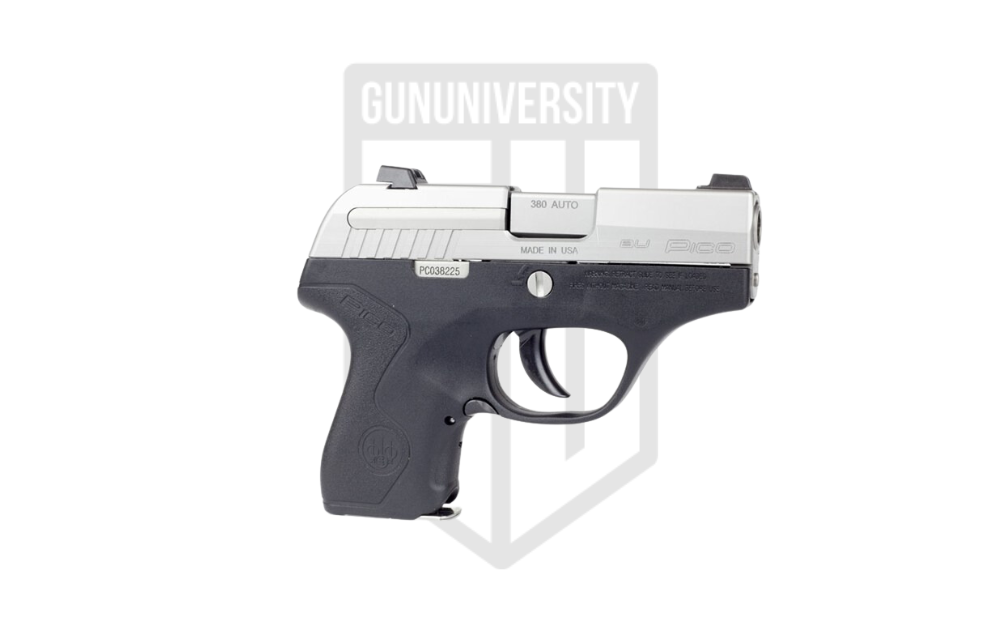3 MOA vs 6 MOA – Red Dot Sights Explained
If you’re researching the difference between 3 MOA vs 6 MOA then you’re surely looking to purchase a red dot sight and are trying to decide which dot size is best for you.
I’ve got some bad news: I can’t possibly know which is the best red dot size for your purposes.
However, I can teach you what 3 MOA red dots and 6 moa red dots are, and walk you through the pros and cons of each dot size so that you can pick the best red dot sight for you.
SUMMARY
If you’re looking for pinpoint accuracy and your eyes can see a smaller dot, go with a 3 MOA red dot. My favorite professional-grade sight is the Trijicon RMR and my favorite budget-friendly option (but still great) is the Vortex Venom.
However, if you’d like a bigger dot that is easier and faster to see and don’t mind the red dot being a bit too large for pin-point accuracy, go with the 6 MOA red dot. You can get the Trijicon RMR in a 6.25 moa dot and a budget-friendlier option is the Vortex Viper.
First, let’s explore some basics:
What is a Red Dot Sight / Reflex Sight?
A red dot, or reflex sight, is an aiming device for a firearm that allows the shooter to see a floating red dot where the bullet will impact.
Although most of these sights use a red-colored dot, that isn’t always the case. However, we still refer to them as “red dots.”
This is NOT the same as a laser sight.
A laser sight projects a laser to the target and the laser’s “dot” actually appears on the target.
On the other hand, a red dot sight projects light (typically from a small LED) onto a lens that reflects back to the shooter’s eye. This type of sight is also called a reflex sight (they are also quite similar to holographic sights) for exactly this reason.
The glass in these sights is curved precisely to allow the dot to move around yet still be aligned with the impact of the bullet – one of the reasons this type of optic is so popular, especially for shooting styles that required rapid target acquisition and shooting, is because the red dot does NOT need to be aligned with anything else nor be in the middle of the optic.
Is the red dot where you want the bullet to go? Great… pull the trigger. It’s that easy.
This means that there is no parallax (the apparent shift of objects at different distances from different viewpoints).
For an example of parallax, align your fingertip with something in the distance using only one eye. Now, slightly shift your head and you should notice that your fingertip is no longer aligned with the object in the distance. If you were using an iron sight, you would have the same problem. But, if you were target shooting with a red dot sight, the dot would move with your eye and stay aligned with the target.
Red dots have been popular on carbines for a while, but 10 years ago they were typically only found on handguns that were being used in competitions.
However, now I strongly believe that red dot sights on pistols are the future and will be a standard option soon. In fact, it is uncommon to see a new pistol introduced by a manufacturer that isn’t made to accept a red dot sight on the slide.
Just be careful as different manufacturers of red dots sights have different mounting systems – so, if you have a slide milled for a Leupold Delta Point Pro footprint, like what will come on a Sig Sauer pistol, you can only use those shape/size sights.
However, some systems can accept all or most options. For example, the Glock MOS system accepts almost any red dot out there with its included adapter plates.
If you want to understand more about what fits on what, check out our breakdown of red dot mounting and footprint options for pistols.
What is MOA?
MOA is an abbreviation for the term “Minute of Angle.”
Minute of Angle is an angular measurement that is used most often when referring to making adjustments on a scope such as when you’re zeroing a rifle.
However, the term can also be used to refer to things like the size of a dot within a red dot sight or a reflex sight.
1 MOA is 1/60th of a degree of a circle. This work out to 1 moa being 1.047″ at 100 yards. For our purposes, let’s just round that down to 1 moa equals 1 inch for every 100 yards.
Therefore, 1 moa is 1″ at 100 yds and the same 1 moa is 2″ big at 200 yads. This is because it is an angular measurement and it gets larger the farther away you go.
If you’d like to learn more about this, check out our article on What is MOA?
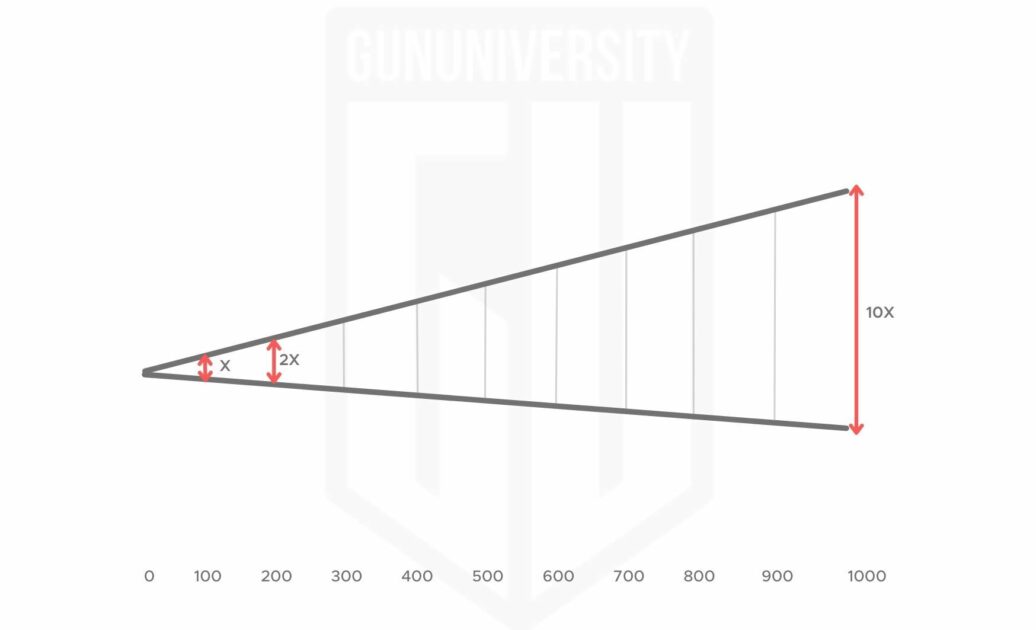
3 MOA vs 6 MOA – Which Should you Get?
Ok, so you now know what a red dot sight is, why you should get a red dot, and you understand minute of angle (moa).
If you didn’t follow the info above, just know that a 3 MOA dot will appear 3″ large when looking at 100 yards whereas a 6 MOA dot will appear 6″ large at 100 yards.
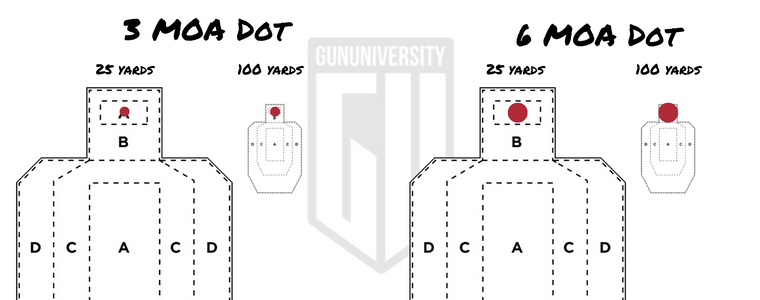
The question still remains: should you get a 3 MOA dot or a 6 moa dot?
3 MOA and 6 MOA at Different Distances
| Distance | 3 MOA exact | 3 MOA rounded | 6 MOA exact | 6 MOA rounded |
|---|---|---|---|---|
| 10 yards | 0.314" | 0.3" | 0.628" | 0.6" |
| 15 yards | 0.471" | 0.45" | 0.942" | 0.9" |
| 20 yards | 0.628" | 0.6" | 1.256" | 1.2" |
| 25 yards | 0.785" | 0.75" | 1.571" | 1.5" |
| 50 yards | 1.571" | 1.5" | 3.141" | 3" |
| 75 yards | 2.356" | 2.25" | 4.712" | 4.5" |
| 100 yards | 3.141" | 3" | 6.282" | 6" |
When to get a 3 MOA Dot:
You should get a 3 MOA dot if your eyes are good enough to see a smaller dot and you’re most interested in accuracy or precision.
I personally prefer a 3 MOA dot (or dots close enough to 3 moa like 3.25 moa) because I don’t mind using a sight on its highest setting for brightness and I am usually using a sight with a motion activated illumination system. This means that I can conserve battery power until I need the sight, then it is bright enough for me to see.
However, in really bright conditions, if you don’t have your brightness up high enough, a 3 moa dot might be difficult to find. This isn’t much of a concern for me because I like to have backup iron sights on my pistol in case of unknown lighting conditions. Also, regardless of the reliable performance of a red dot optic, having a backup iron sight is nice.
I also like 3 MOA dots if you are going to use night vision (a 6 moa dot is often too bright/too much) or shooting at longer distances.
When to get a 6 MOA Dot:
You should get a 6 MOA dot if you want the absolute fastest dot to see.
Want the fastest bullet on target? Then the 6 moa is likely for you.
However, if you’re not just concerned with rapid target acquisition and you might want more accuracy, especially when shooting at longer distances, you might want to avoid the 6 moa dot.
For example, I had a 6 moa dot for a few months and quickly got rid of it. It was too big for me to use effectively because it covered so much of the target. And, when I was trying to make an adjustment for zeroing, it was difficult to tell exactly where I was aiming at the target.
Best 3 MOA Red Dots
Best 3MOA Red Dots
| Check Price | ||
 |
| Check Amazon | |
 |
| Check Price |
Best 6 MOA Red Dots
Best 6MOA Red Dots
| Check Price | ||
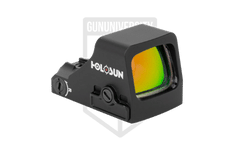 |
| Check Price | |
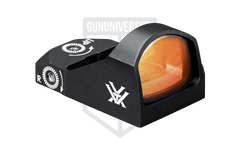 |
| Check Amazon |
Recent Posts
July 27, 2024
July 26, 2024
July 25, 2024

![The Best Shooting Ear Protection in 2024 [Tested]](https://gununiversity.com/wp-content/uploads/2021/09/best-shooting-hearing-protection.jpg)
